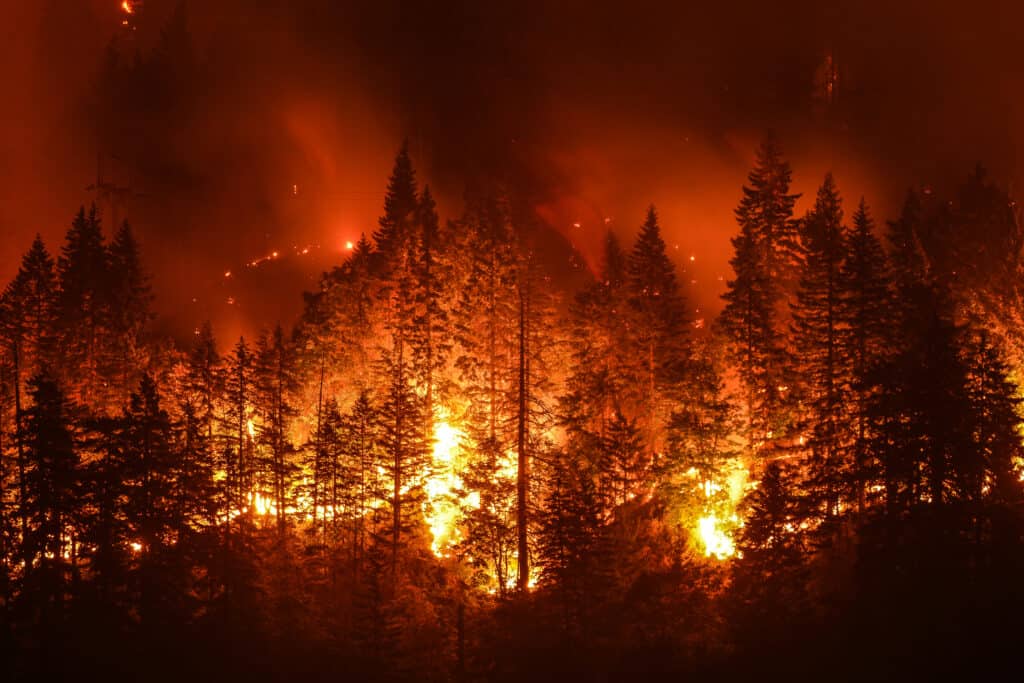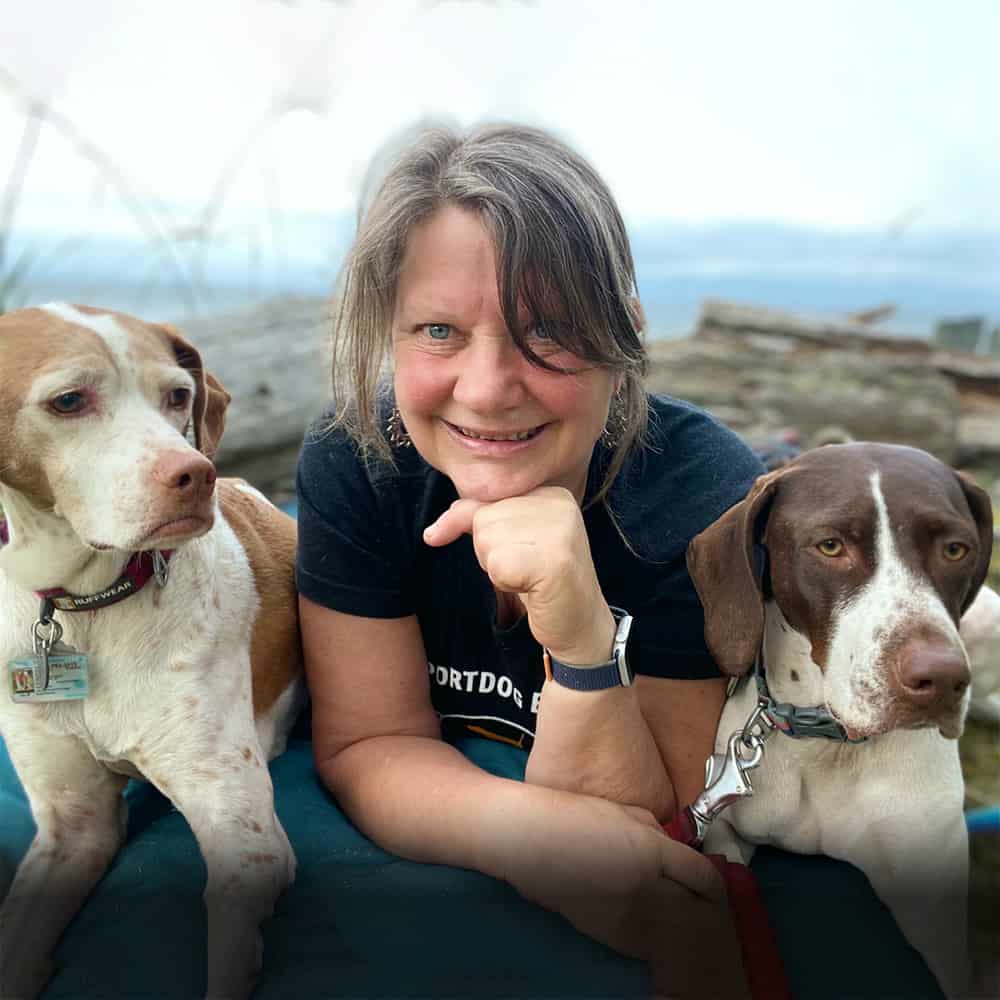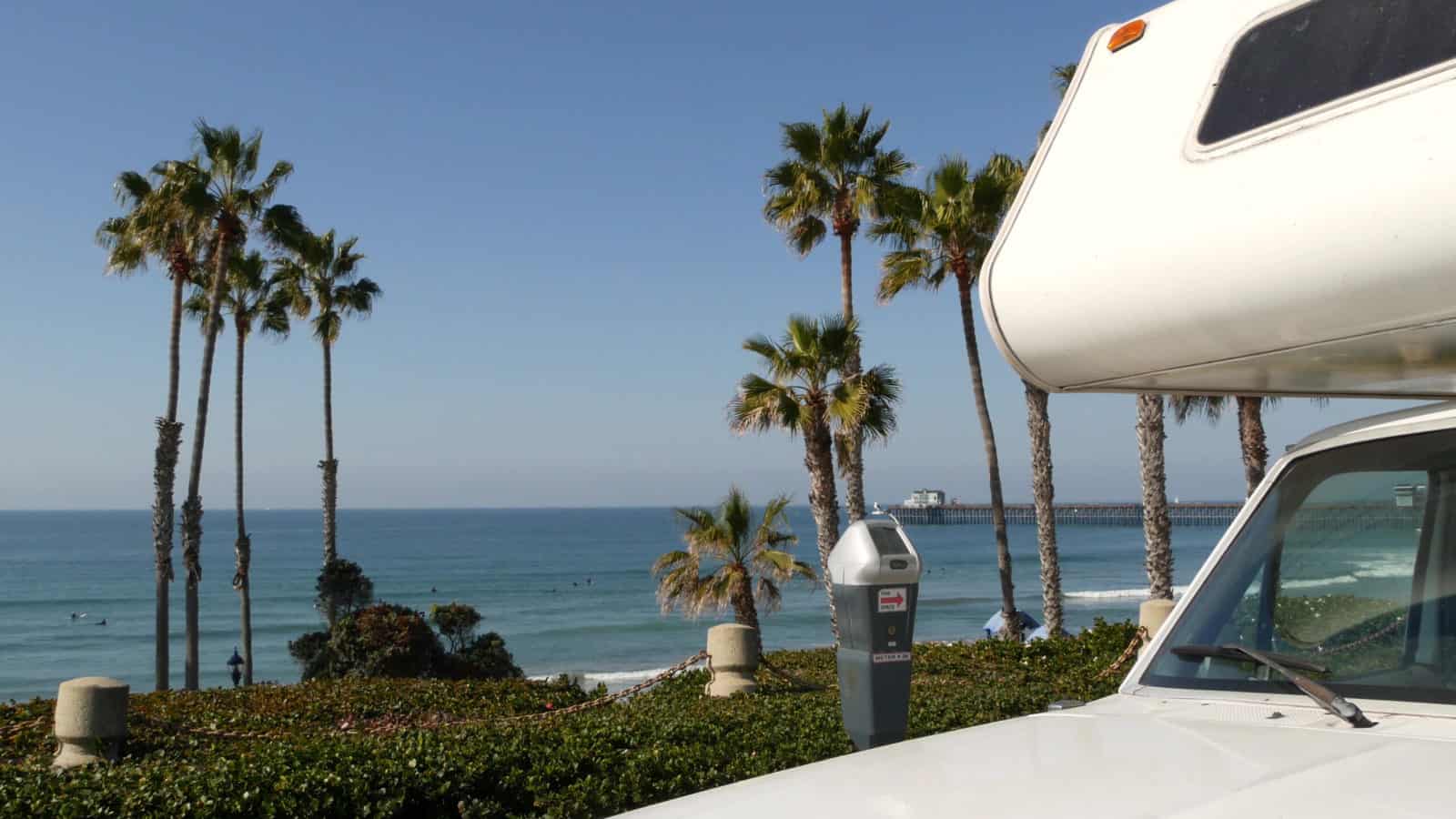
Campground Wildfire Evacuations: How To Stay Safe This Season
Wildfire season seems to coincide with every camping season in the western states of the US and in the western provinces of Canada. According to the Insurance Information Institute, the three states with the highest risk for wildfires are California, Texas, and Colorado.
Wildfires are often unpredictable, and they can move very rapidly, putting lives and property in danger in minutes. They can also be deadly. In 2018, 86 people perished in the Camp Fire in California. Hundreds of people have perished in wildfires over the last 50 years, in spite of the best wildfire evacuation efforts of emergency services personnel.
While it’s obviously best to avoid areas where wildfires are already happening, how do you stay safe when you’re camping and a wildfire suddenly starts in the area? In this article, we’re going to discuss important safety tips for staying safe during wildfire season and what you need to know about a wildfire evacuation.
Always camp safely
It’s always better to avoid a problem than it is to deal with one. This is especially true when it comes to camping during wildfire season.
Fire season varies in different areas, but generally, it lasts from mid-June to October/November. This is a good time to expect the unexpected. Here are a few things you can do to stay safe if there are wildfires or wildfire evacuations.
Know the 30-30-30 rule
Firefighters use this rule to assess the likelihood of extreme wildfire behavior. Although it’s based on metric measurements, it’s easy to use in the US too. If a wildfire starts when the temperature is 30 C (86 F) or above, the relative humidity is 30% or less, and the wind speed is 30km/h (18 mph) or stronger, the weather will exhibit extreme fire behavior.
Extreme fire behavior means the fire is difficult to control and will remain so until weather conditions change. As a general rule, avoid camping in a forested or bush area when the temperature is over 86 F, it hasn’t rained for awhile, and there is a chance the wind speeds could pick up to more than 18 mph.
Know about active wildfires before you camp
In addition to listening to the news, there are many weather and wildfire apps that you can download onto your mobile device. These apps can tell you what the weather will be or where active wildfires are. In addition, wildfire maps such as the one from Fire Information Resource Management Systems (FIRMS) or RV LIFE Trip Wizard can show you where active wildfires are.
Camp where there is cell service
You can learn more about campgrounds and the cell service available on RV LIFE Campground Reviews.
It’s also a good idea to let people know exactly where you are camping.
Avoid camping in box canyons during fire season
Box canyons have steep sides and only one way in and out of them. When there’s a wildfire, a box canyon acts like a chimney, rapidly drawing hot air and fire through it, making an escape unlikely. If there’s a fire and you need to get out of the area, it’s good to have options.
Know the campground evacuation route before you camp
When you register for your campsite, find out where the evacuation route is and familiarize your family with it. Don’t count on being directed in the event of an evacuation.
Carry paper road maps with you
Don’t count on having cell service in a wildfire emergency. With RV LIFE Pro, you can also easily download offline maps for easy reference even when you don’t have service.
Abide by fire bans
Fire bans are made by fire authorities after an assessment of wildfire risk has been made. If there is a fire ban, it’s there for a good reason and it applies to you.
Find out from campground officials or the local fire service if you can still barbecue in a hibachi or enjoy a propane fire.
Don’t start a wildfire
According to the National Park Service, humans cause 86% of all forest fires. Don’t be that person that causes a forest to burn.
- Use an ashtray to put cigarettes out.
- Extinguish your campfire thoroughly (you should be able to put your hand on it).
- Don’t leave any flame unattended.
- Don’t light fireworks in hot/dry conditions.
- Don’t let children play with fire.
Carry a well-maintained, working fire extinguisher in your RV.
Have a grab-and-go bag ready in case you have to evacuate
You may not have time to pack up and get a trailer hooked up if you need to leave in a hurry. A grab-and-go bag will have:
- Food for a few days
- Water (perhaps other beverages too) for three days
- A first aid kit
- Documents and insurance papers
- Important personal items
- Cash
- Pet food, treats, and water for three days. Remember to pack some bowls too.
Have a family emergency plan
Have a meeting place and ensure everyone in your group knows where to meet if there is a wildfire evacuation.
When you are evacuated, stick to the official evacuation plan
Check in at the evacuation center and let them know that you are safe so emergency management personnel won’t waste resources making sure you got out safely.
Conclusion
The key to staying safe during wildfire season lies in planning and preparation. Practicing fire-safe camping habits and avoiding areas that are prone to wildfires will go a long way to keeping forests (and yourself) safe from wildfires.
You should always familiarize yourself with the local evacuation plan and be prepared to evacuate. Don’t assume you’ll be safe just because you are allowed to camp in an area.
Avoid wildfires on an RV-safe route
For help mapping out your route for your next RV getaway, look no further than RV LIFE Trip Wizard. This online planning tool makes it easy to plan an RV-safe route. It can also locate interesting sites along the way, all according to your travel preferences. Plus, you can use the wildfire layers under the map settings to avoid areas with active wildfires. Get RV LIFE Trip Wizard with its accompanying RV LIFE App, and start planning your adventure today!
Related articles:





I may have missed it but make sure the chains are NOT dragging and throwing sparks. Don’t drive on rims of blown tires. If your car catches on fire, park in the middle of the road so the road acts as a fuel break.
Just some more things to think about.
Thank you, Lynne for starting this conversation. I worked for CAL FIRE for several years as a firefighter. My last assignment was as a statewide spokesperson for the department before retiring two years ago. I gave information as well as tried to educate the public as to the multitude of aspects of the department and being safe. You are the first that I have seen addressing the wildfire situation on the western seaboard in relation to camping. As discussed in the previous responses, knowing what you are driving into and being prepared for is extremely important. Know your two ways out and if you stay at the campground for a few days go ahead and travel them to be familiar. Talk to the campground staff about what their protocol is for wildfires. Ask them what local apps can be used to keep abreast of wildfire situations. In California I would recommend getting on the CAL FIRE twitter and Facebook apps. As well as going to the CAL FIRE website, fire.ca.gov for updates and more info. CAL FIRE is responsible for about a third of the state. Another new app for CA is called watch duty. It officially came to fruition just a few months ago. So far so good. Another web site is called inciweb.nwcg.gov from the USFS which will keep you somewhat updated on the forest service fires. throughout the nation. This time of year, one needs to remain vigilant. With respect to evacuations, if you feel uncomfortable due to a fire close by, leave early. No harm no foul. I have seen I-5 in northern California turn into a parking lot due to the Carr fire because everyone left at once. Our road systems in the state or elsewhere are not designed to handle that type of influx. I was in the middle of the Camp fire on the first day. I could not travel the roadways due to all that were trapped on the roadway that morning. I got out of my vehicle and walked the roadways reassuring folks that they would get out. That describes how fast fires expand, seconds! Lastly, I will leave you with the 2020 Creek fire out of Fresno, CA. Several campers were trapped by a wildfire and had to be rescued by aircraft. Keep up the good work, Thank you.
Scott McLean
Retired Deputy Chief
CAL FIRE
Hi Lynn,
We have been full timing for the past 15 years and camped in remote areas by ourselves, in both USFS and BLM disbursed camping areas and campgrounds that charge a fee, in state parks or state disbursed camping areas, in private RV parks and in our National Parks. When camping in a remote area, we make sure we have more than one rout that we can use to move away from a fire. With the exception of the campsites we find in remote areas and some of the USFS and BLM disbursed camping areas, none of the paid government and private campgrounds have more than a single two-lane exit.
The worst setting we have seen is the Fishing Bridge RV campground in Yellowstone. Five years ago we worked in Yellowstone for the season. A fire started about 10 miles from where we were camped but, because of the circumstances (late August, wind and a hot summer), the fire began to move toward the campground at a rapid pace. There was/is only one exit that 80 rigs are expected to use in case of a fire. At the time, the Park Service had no evacuation plan – none. For several hours we watched Park Rangers take a dozen or more trips through the campground. The last few passes through the campground, one of the Rangers would get out of the NPS pick up and tell people about the fire and let us know that it was headed our way.
When I pointed out that they would not be able to evacuate the campground in less than two hours, the Ranger said…”We’ll see.” There were/are several places where the NPS could cut a dozen or so trees and create one or two new routes for an additional emergency exit but they said that they did not have the authority to cut down trees even in a disaster. Meanwhile the ash from the fire was piling up on the windshield wipers and any horizontal service.
When the fire got to the main road the fire was less than a mile away from the campground. Just in time to allow firefighters to initiate suppression efforts, the wind calmed and the temperature dropped about 10 degrees. If there had not been a favorable change in the weather, scores of people would have lost their lives. When making a reservation, look at a map and determine if there are more than one exit from the campground.
Crews Gap wildfire, 8100 acres. We had a wildfire situation back in March 2022. It started close to our campground while we were on the road there. While I was setting my rig up I noticed the smoke above us. The rangers came by & informed us to be ready to evacuate if they tell us to. The wind changed for the next 3 days & took it away from us. On the 4th day the winds changed again & brought it back towards us. The rangers came back by & gave us the same story. We were going home the next day. So we took the better part of valor & left for home. We had to make a detour going home due to another fire. We got home & found out there was a huge one at home. By the time they got the one at home contained, Eastland Complex fire, it had burned 54,513 acres. Just be aware of your surroundings & be smart.